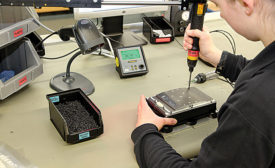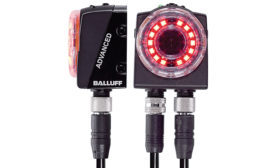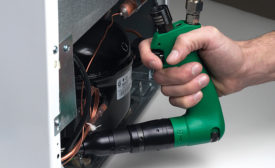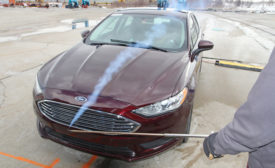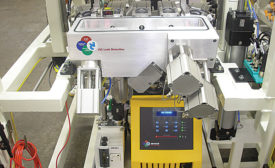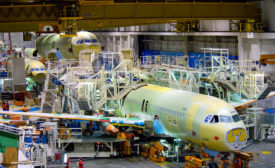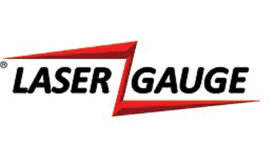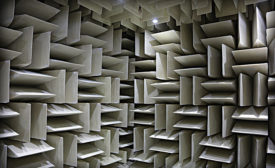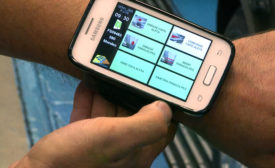Test and Inspection Assembly
Power tools collect a wealth of data about the fastening process, but what can engineers learn from it?
Read More
What’s New With Machine Vision Systems
New technology is making vision systems faster, more reliable and easier to use.
November 7, 2016
What’s New With Power Tools
The need for speed, controlled fastening and data gathering continues to push advances in screwdrivers and nutrunners.
June 3, 2016
Leak Testing Auto Parts
The latest automotive systems require innovative leak test methods and fixturing.
May 5, 2016
advertisement
How to Select the Proper LaserGauge Sensor for your Application
March 8, 2016
Never miss the latest news and trends driving the manufacturing industry
Stay in the know on the latest assembly trends.
JOIN TODAY!Copyright ©2024. All Rights Reserved BNP Media.
Design, CMS, Hosting & Web Development :: ePublishing
